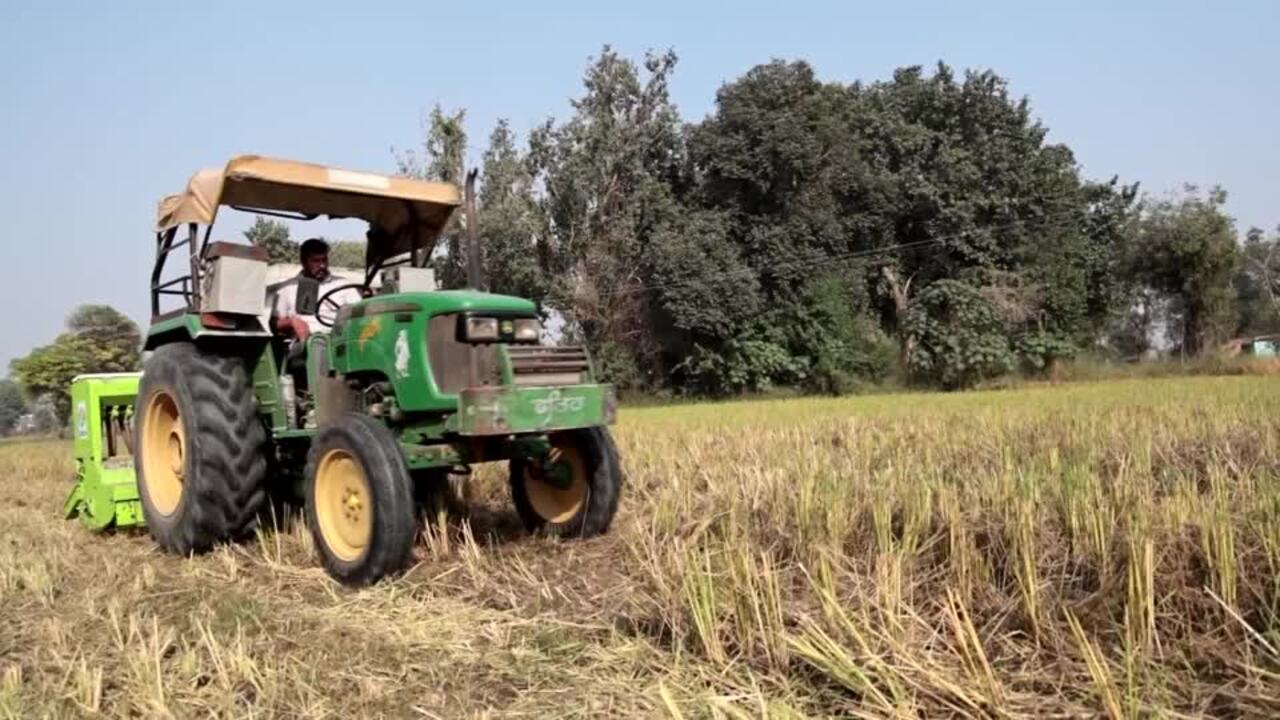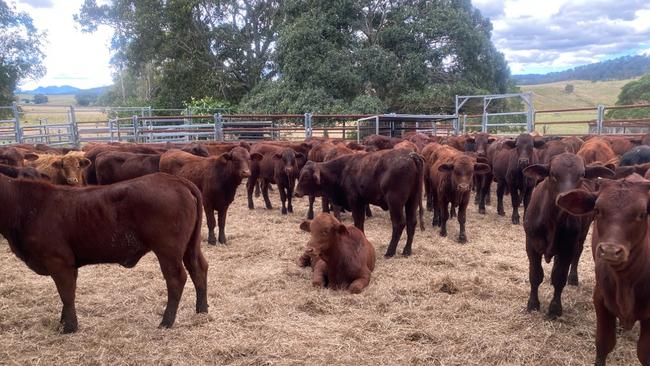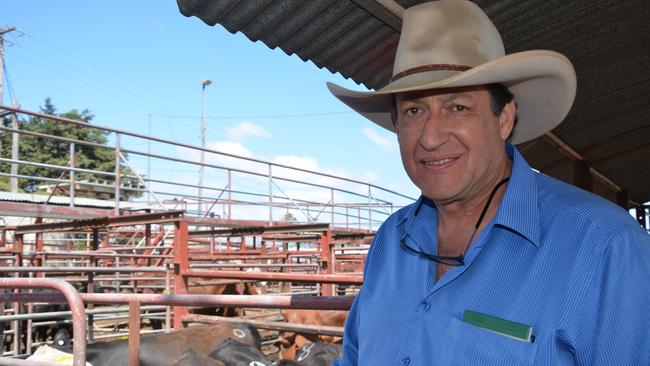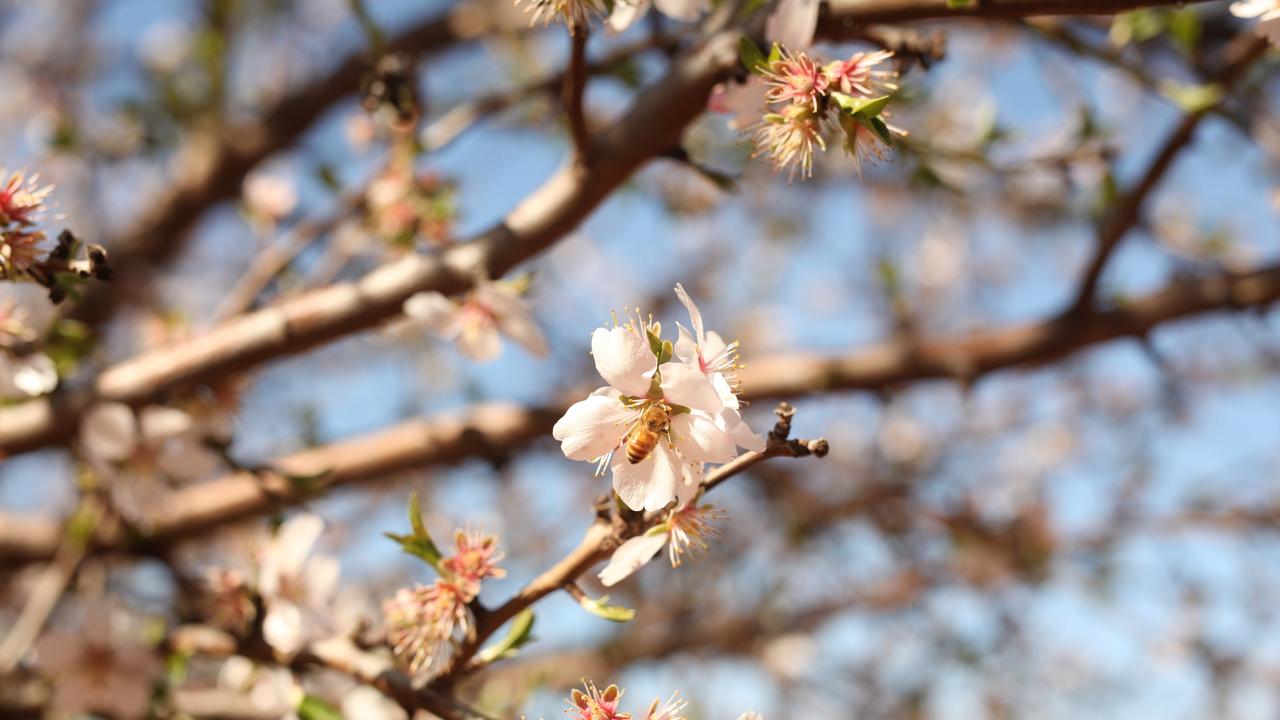Greenmountain Group’s rise in the beef world
For David Scarrabelotti, a business that started with selling a few bobby calves has grown to 360 staff, a huge spread of country near Kyogle, NSW, and an abattoir. See how he did it.

A Queensland meat processing family which built its business on beef knows the challenges of farming intimately – because they run cattle too.
And it’s no real surprise that Greenmountain Group managing director David Scarrabelotti took this path, describing his business as meat, cattle and real estate.
The eldest of seven children who grew up on a farm, David worked in banking, then as a stock agent, then selling beef processed in a service kill before buying his own abattoir in 2006 at Coominya, Queensland.
And while there was no room for him on the family properties which drove him to choose a different career path, in a neat synergy he now owns them as part of a massive buy up of country in the Northern Rivers region of NSW, as well as country in the New England.
Collectively, the land total comes to about 7320 hectares in northern NSW – about 4065ha in the 1500mm rainfall country near Kyogle spread across 30 farms and the balance near Armidale.
And over the country, David runs about 2000 breeding cows, a mix of Santa Gertrudis and Angus, to produce cattle which are processed in his own facility in southern Queensland, sold under the slogan of naturally bred, naturally fed.
The breeding mix is a deliberate decision to cope with the subtropical conditions and the challenges that come with that, like ticks and buffalo flies, hence the use of Santa Gertrudis, and then infusing the meat qualities of a bos taurus breed like Angus.

Steers are killed at about 300kg dressed weight and heifers at a lighter 240kg carcass weight, with the steers reaching this target at 18 months to two years.
It’s weight-for-age that has also sold David on the cross he’s chosen, and the ability to be turned off for either the domestic or export market before two years, with carcasses yielding 53-54 per cent.
David said while the high rainfall region of the Northern Rivers might be considered a feed paradise, it took careful management to make sure weight gains were high.
To boost nutrition, a mix of brewers grain, molasses and silage is given to the steers and heifers to improve growth rates and to decrease the time to finish them.
The silage is home made from sorghum crops.
Calves are weaned at 260-270kg liveweight, and then run on until they reach entry weights for the abattoir.
And not all calves are ready at the one time, a deliberate move that spreads grazing pressure and turn-off of the Green Mountain cattle.
Bulls are left in the herd year round, something that David acknowledged might raise a few eyebrows in the beef world.
His reasoning is to allow better use of his bulls, as well as spreading the risk of seasons.
“I don’t think it is great to have all your cows calving at the one time,” David said.
“We can run more cows because we calve year round, and it does spread the grazing pressure across the year.”
That’s not to say a cow that’s not performing stays in the herd, with culling of empty cows in January and February each year, again into their own processing facility.
“We know who the freeloaders are because they are the fat cows when the others are putting it all into their calves,” David said.

There’s an unashamed understanding that while a productive cattle herd might be running on the family’s land, it’s the increase in real estate value of the properties that has made buying farms a sound business decision.
Farm by farm, and preferably neighbouring properties for logistical reasons, David has bought 30 dairy operations around Kyogle and converted them to beef.
But each purchase has been considered, driven by numbers and not emotions, he said.
“I think that can be the problem – someone once said that money and farmers are not a good match,” David said.
“They sometimes don’t see a farm as a business – I’ve got 360 employees at the abattoir, and a background in banking, so when looking at more land, I work out what the collateral damage could be if I have to sell it.
“Buying the farm next door can be an emotional decision, not a business one, but logistics of having land together can and does make sense sometimes.
“You don’t get rich selling things, you get rich buying them.”
He is also careful when he undertakes improvements like fencing or building yards, trying to pick times when prices are not rising.
“When cattle prices were high, the cost of inputs went up, but now that prices have come back, you notice that so have things like fencing supplies, so we park improvements sometimes and wait for things to settle,” he said.

Yet the business like approach has not, and will never, David said, come at the expense of how his country is run.
To that end, he’s employed a company to understand the carbon status of each of his farms, to determine which ones are sequestering carbon more than others.
“As farmers, we need to be conscious of the environment we farm in,” he said.
“It’s also the way we will need to do business as producers and processors in the future.
“Customers want to talk about sustainability and beef is a sustainable protein.”
The customers for Greenmountain Group are a mix of local and international, with about one third of the beef selling to domestic customers and two-thirds to export. South East Asia takes a large share with beef going to Indonesia, China, Japan and South Korea, but the United States and the Middle East also place orders with the company.
Those customers fit with the simple three-pronged approach in the processing side of the business – produce cattle; purchase cattle and sell beef.
David sees more land purchases in the future, as he grows his real estate, and consequently, his beef business.
With his two children Sam and Willa both involved, there’s plenty of scope to expand.
Yet any expansion will go through the test of whether it will add to the business, or be a burden.
“I grew up on a farm and had ambitions to own my own, and gradually, from getting 20 bobby calves processed a week, I’ve been able to grow to processing 3000 cattle a week and running a herd of cattle across northern NSW,” David said.
“As we made money in processing, we reinvested it back into upgrading the abattoir and buying land.
“The capital gain of the farm land has underpinned the business, and allowed me to realise my ambition to run farms.”




